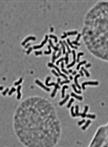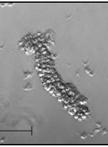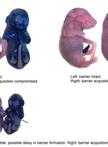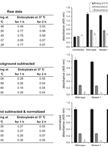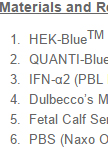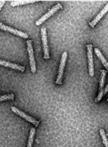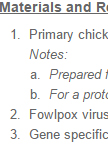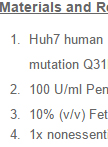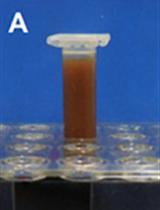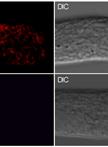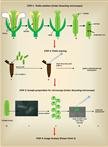Identification of Proteins Interacting with Genomic Regions of Interest in vivo Using Engineered DNA-binding Molecule-mediated Chromatin Immunoprecipitation (enChIP)
Elucidation of molecular mechanisms of genome functions requires identification of molecules interacting with genomic regions of interest in vivo. To this end, it is useful to isolate the target regions retaining molecular interactions. We established locus-specific chromatin immunoprecipitation (ChIP) technologies consisting of insertional ChIP (iChIP) and engineered DNA-binding molecule-mediated ChIP (enChIP) for isolation of target genomic regions (Hoshino and Fujii, 2009; Fujita and Fujii, 2011; Fujita and Fujii, 2012; Fujita and Fujii, 2013a; Fujita and Fujii, 2013b; Fujita et al., 2013). Identification and characterization of molecules interacting with the isolated genomic regions facilitates understanding of molecular mechanisms of functions of the target genome regions. Here, we describe enChIP, in which engineered DNA-binding molecules, such as zinc-finger proteins, transcription activator-like (TAL) proteins, and a catalytically inactive Cas9 (dCas9) plus small guide RNA (gRNA), are utilized for affinity purification of target genomic regions. The scheme of enChIP is as follows:1. A zinc-finger protein, TAL or dCas9 plus gRNA is generated to recognize DNA sequence in a genomic region of interest. 2. The engineered DNA-binding molecule is fused with a tag(s) and the nuclear localization signal (NLS), and expressed in the cell to be analyzed.3. The resultant cell is crosslinked, if necessary, and lysed, and DNA is fragmented.4. The complexes including the engineered DNA-binding molecule are subjected to affinity purification such as mmunoprecipitation. The isolated complexes retain molecules interacting with the genomic region of interest.5. Reverse crosslinking and subsequent purification of DNA, RNA, or proteins allow identification and characterization of these molecules.In this protocol, we describe enChIP with a TAL protein to isolate a genomic region of interest and analyze the interacting proteins by mass spectrometry (Fujita et al., 2013).


